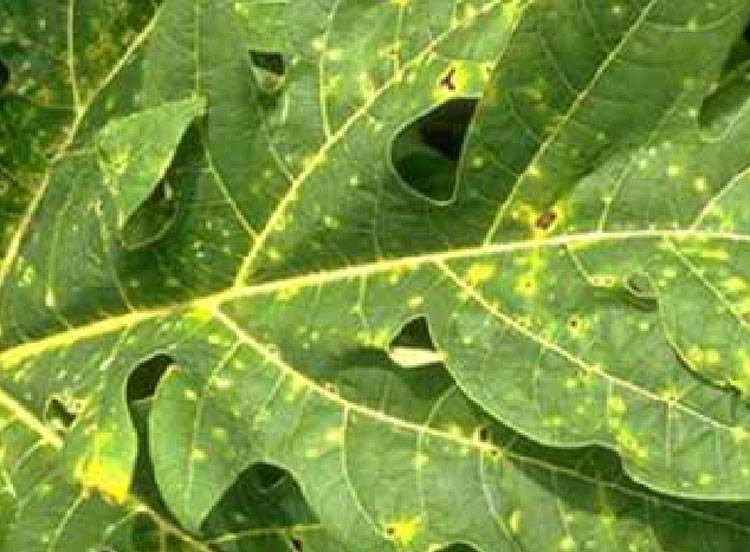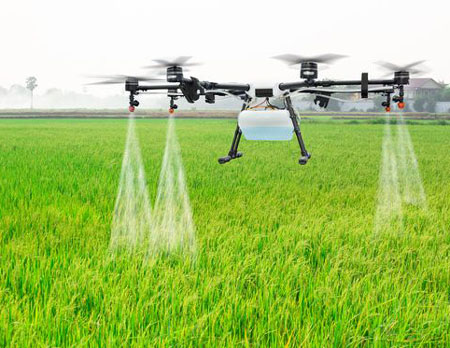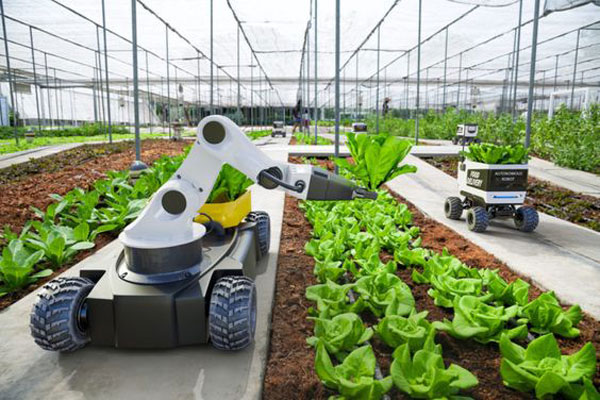Papaya
Corynespora Brown Spot

Corynespora cassiicola
Fungal Disease
Understanding Corynespora cassiicola: A Versatile and Aggressive Plant Pathogen
Corynespora cassiicola (Berk. & M. A. Curtis) C. T. Wei is a highly adaptable necrotrophic fungus known for its ability to infect a wide variety of plant species. Found in both tropical and subtropical climates, this ascomycetous fungus poses a significant threat to agriculture due to its broad host range and aggressive nature.
Originally identified as Helminthosporium cassiicola on Cassia in Cuba, and later described as Corynespora mazei on cucumber, the fungus was eventually unified under the name Corynespora cassiicola by Wei. To date, it has been reported to infect over 530 plant species across 380 genera, attacking leaves, stems, fruits, and roots. Studies have shown that the fungus thrives best at temperatures between 28–30 °C for growth and sporulation. Spore germination occurs effectively within a temperature range of 15–35 °C, especially under high humidity conditions above 90%, with optimal germination seen between 25–30 °C.
Due to its adaptability and pathogenic strength, C. cassiicola remains a serious concern for farmers, researchers, and plant pathologists worldwide.




